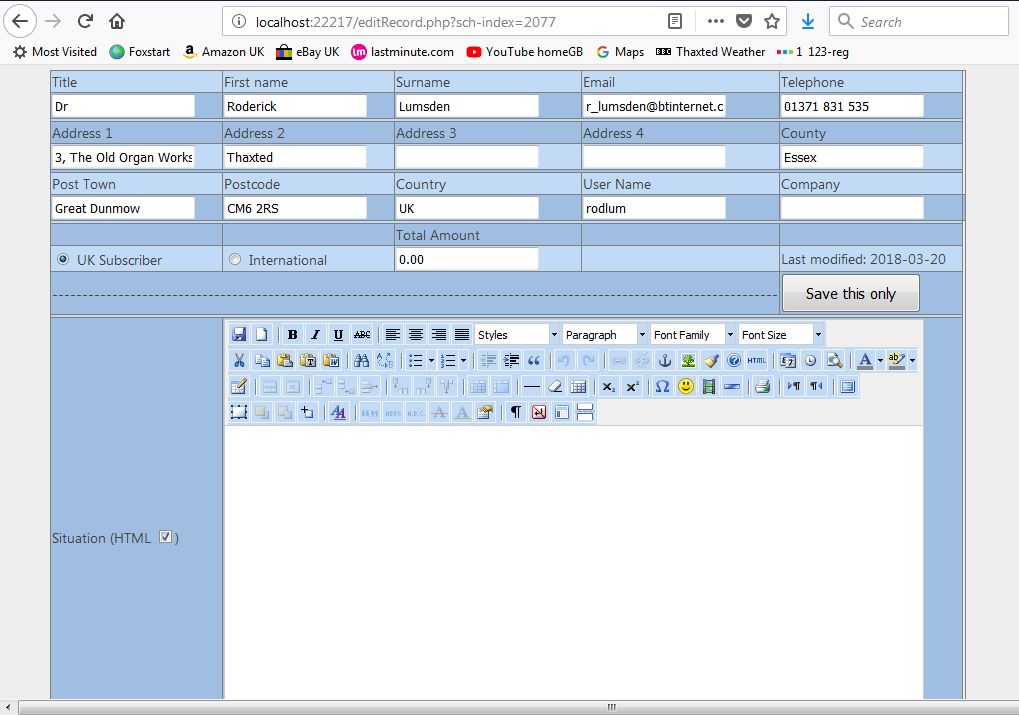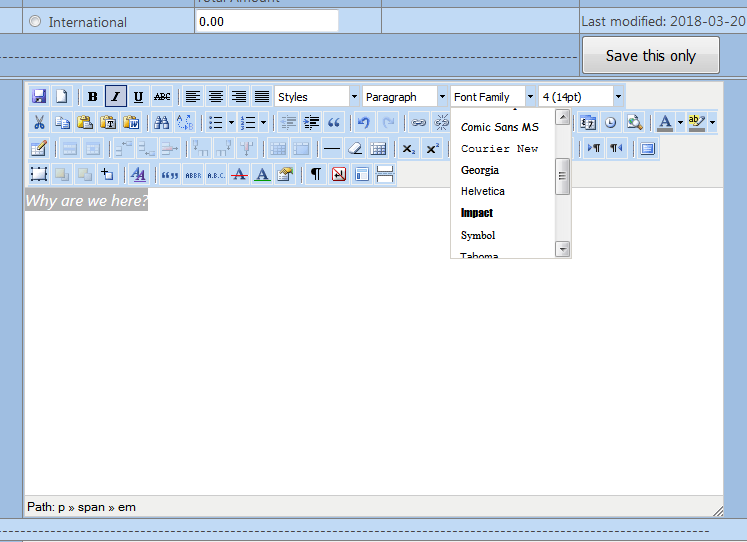PHP Data Management
This project is an experimental one outlining how data can be managed online through the server-side language PHP.
PHP is the language in which innumerable websites and Content Management Systems are written, most notably the hugely popular WordPress and Joomla! (the exclamation mark is in the name, not my comment).
It’s probably easiest to see PHP as the “native language” for the popular database MySQL, because the two very much grew up together. PHP doesn’t, however, drive MySQL directly; instead you formulate statements (“queries”) in the language SQL and send them through to the database.
This rather quaint indirect philosophy pervades the entire use of PHP. You don’t create web pages directly either: you formulate HTML text and “echo” it through to the browser (the server software runs the PHP which describes the HTML text, and only the resulting HTML is actually sent through to the client or browser at the user end of the process). This makes it easy to write conditional HTML – HTML that varies according to what that particular person, sitting at their laptop or typing on their phone, did previously. But it’s still rather an antique way of doing things! It goes even further: if you want to change the style of a web page, you “echo” through the style script, in yet another language, CSS, to the browser. If you want to add some dynamic behaviour, you write a program that writes that, in another language again, Javascript, and echo it through.
This project used all these things.




















